Teasing New Weather TV: Post-producing Global Views
Towards new (weather) representations of the global view
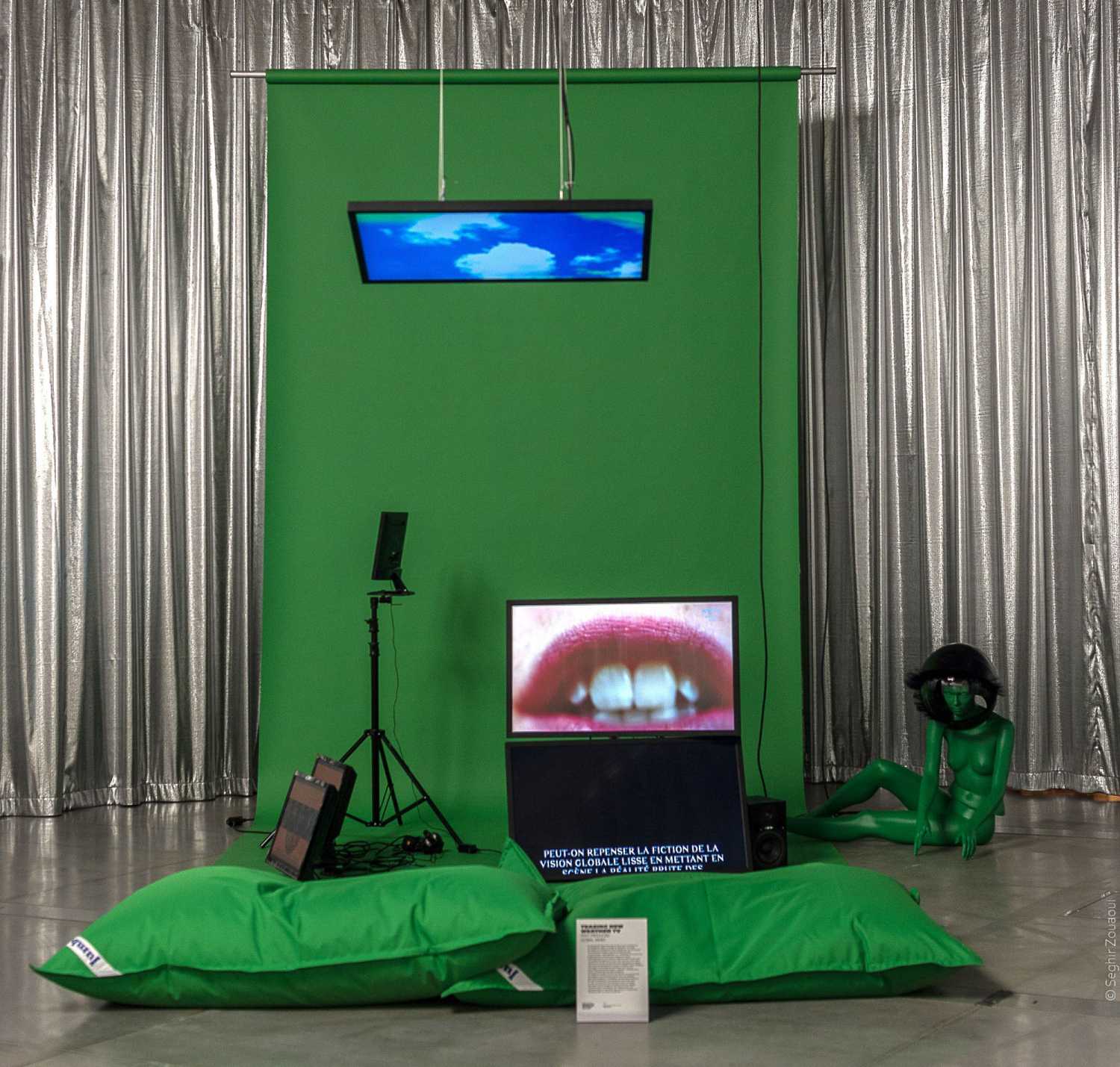
The design of images, objects (and the use of objects), buildings or infrastructures is always the materialization of thought(s) and technique(s). Social and political ideologies become attitudes through concrete and everyday designed forms and styles—as they model our bodies, our landscapes, our relationships. In 2014 and 2015, the World Meteorological Organization (WMO) invited about sixty television weather presenters from around the world to imagine the weather report of the year 2050 with the purpose of promoting the Paris Conference on Climate Change (COP 21), the Sendai Conference on Disaster Risk Reduction, the Lima Conference on Climate Change (COP 20) and the United Nations Climate Change Summit New York. These media artifacts are essentially all the same: The planet is presented as a techno-sublime post-photographic satellite view—performing an overview that places our bodies outside the world. The Earth system is understood as a (weather predicting) computer model where natural phenomena (like pressure, temperature, precipitation, wind, humidity) are converted as numbers, icons, and coded color systems—developing the fiction of our environment as an external, calculable, normalized object. The weather map is identical to a political map—remaining on the nation-state even though winds and particle bodies do not care about political borders. Instead of explaining the complex and interconnected relationships of human and non-human actors, the current visual culture of climate change is furthermore reduced to images of extreme weather events like floods, heat waves, melting icebergs and drought—staging the sublime spectacle made by industrial man. This initially European worldview—based on the supremacy of a human elite at the stake of declassified human and non-human beings—daily penetrates our bodies through the (mainstream) weather report.
If reality is post-produced, it also means that we can intervene in reality with imaging techniques. The question may no longer be “What is represented in images?” or “How do we read images?”—although these questions still remain absolutely important. But as makers, producers and co-producers of images, additional questions are: which images do we want to become real? How do we change reality by the means of post-production? How can reality be photoshopped? How can reality be edited?
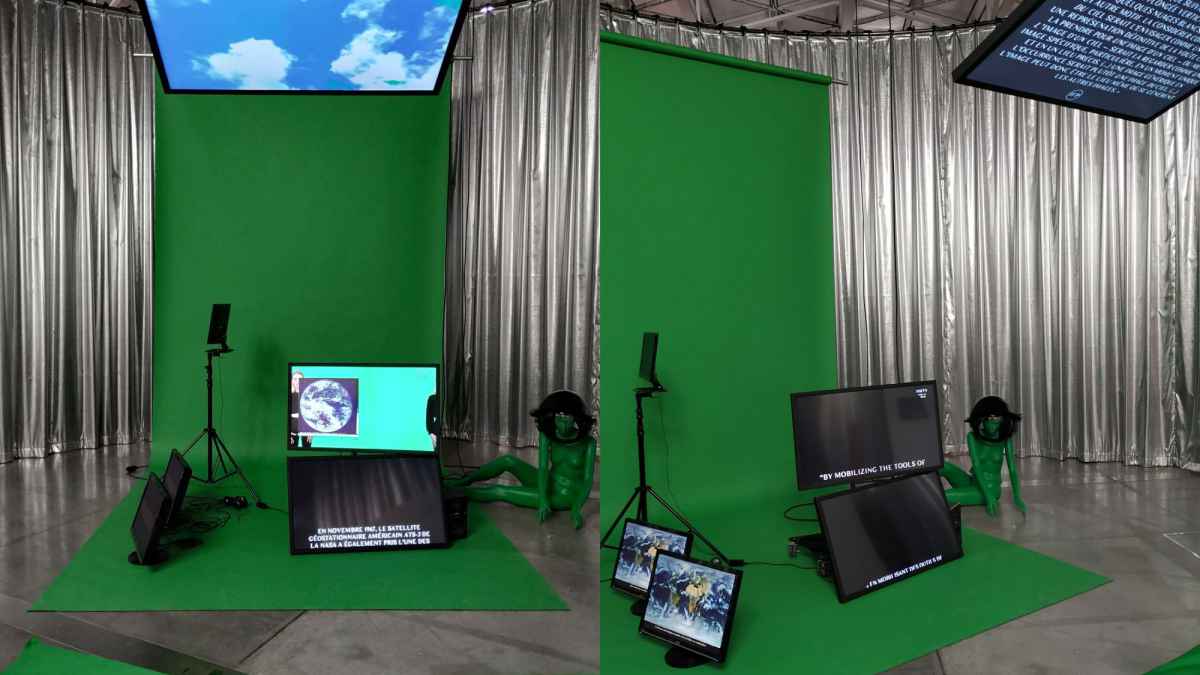
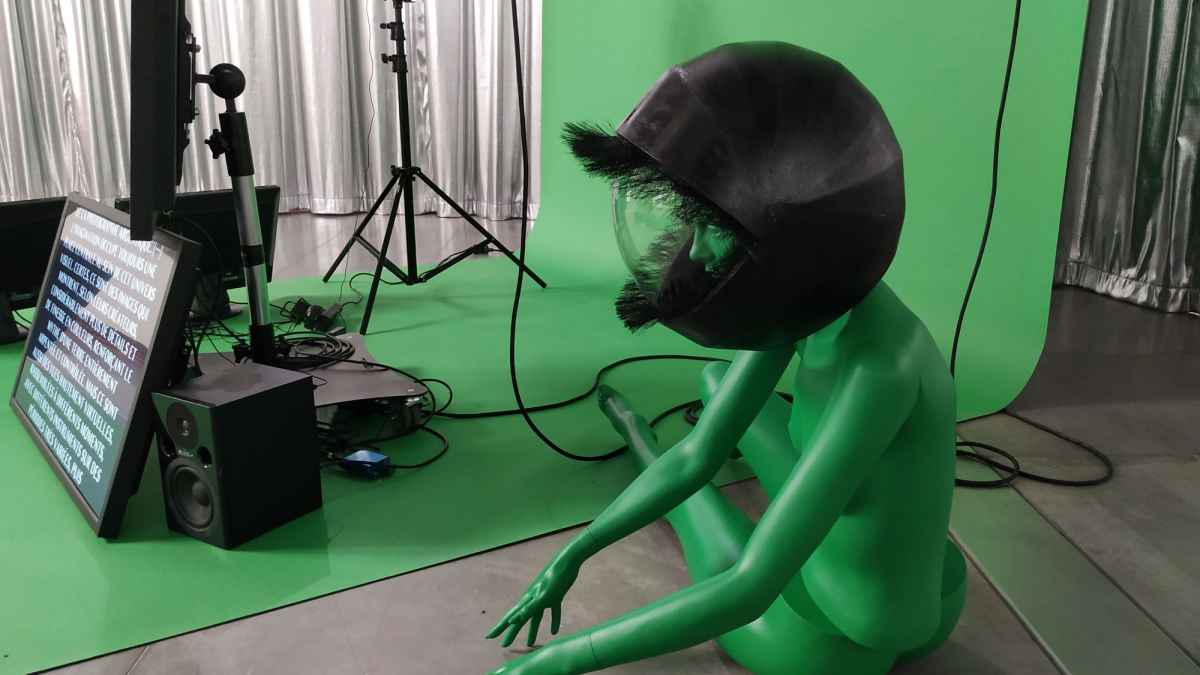
Which images do we want to become real?
Since contemporary visual culture constitutes its reality in images, reality can be changed through post-production techniques1. Assuming that the Earth has been transformed into a video installation, a television studio, a design studio, NEW WEATHER TV understands weather as an everyday screen practice that incorporates modern (and hence anthropocene) ideologies into our daily Western realities―global views, ‘objective’ worldviews, borders and sublime images of disaster. Given that images represent, mediate and do realities, we need to question our most common representations in order to denaturalize the endlessly repeating standards of modernity. When images represent, mediate and do realities, we need to question our most common images in order to denaturalize the endlessly repeating (Western) standards of modernity. If designers like Herbert Bayer or Ray and Charles Eames have contributed to the realization of a world where pervasive images and sounds build our subjectivities, we have to critically reflect on our inherited modern archive―about the way narratives have been invented and to whom, what and which image-making tools they are mutually linked. How can chroma key technology2—already commonly applied on weather data—interrupt, deconstruct and redirect world views and, consequently, reconfigure our relationship(s) with our environment(s) ? What is the relation between the physical (weather) phenomenon and its image? Which thought(s) and technique(s) need to be edited in order to form a new media work SLASH reality? What future weather do we want?
Post-producing global views ...
Deeply engaged with modern history, the fiction of the global view—invented and continuously updated by Europeans since the 15th century—composes with the design of the globe, a small scale—and hence manipulable—model of our planet. Simultaneously art SLASH design object, iconography of power, and demonstration of scientific knowledge, ‘Google Earth’ is maybe its latest redesign. Based on a geometric grid invented by Gerard Mercator in 1569, the 3D globe updates an overview that places our bodies outside the world and stages—once again—a human species as a godlike being able to smoothly zoom in and out of the world. Initiated during the Cold War, our current version of the global view moreover relates to a corporate-state-research-military complex that stimulates modern weather observation and modeling by means of satellite and computer technologies.
Questioning the links between science and fiction that condition space exploration and contemporary imaginaries, TEASING NEW WEATHER TV: POST-PRODUCING GLOBAL VIEWS shows the outside view as a (political) design object that structures (via imaging techniques) the perception of (and the relation with) our planet. But beyond staging the extensive (academic) critique linked to the perspective from outer space, the video installation materializes an ongoing design research that aims to prototype new (weather) representations of the global view. This research started with fieldwork conducted at the CMS Météo-France. The (Lannion based) Centre de Météorologie Spatiale acquires, processes, distributes and archives data from multiple satellites, producing global and permanent weather observation―composed of numerous images and layers.
Which images do we want to become real in order to perform post-anthropocentric attitudes? Can we redesign the iconic global perspective―building on the reality of ‘composite’ images materializing partial and situated images linked to other partial and situated images (captured by weather satellites and probes)?
Stay tuned ...
Part 1/5 (Introduction): Post-producing realities

Part 2/5: The global view as (modern) artifact

Part 3/5: There is no outside

Part 4/5: The science and the fiction of the global view

Part 5/5: We are all astronauts

A (visual) report staging the fieldwork at the Centre de météorologie spatiale Météo-France

Bibliographie
Bottici, C. (2014). Imaginal Politics: Images Beyond Imagination and the Imaginary. Columbia University Press. doi:10.7312/bott15778.
Daston, L., & Galison, P. (2007). Objectivité. Les presses du réel.
Descola, P. (Ed.). (2010). La Fabrique des images : Visions du monde et formes de la représentation. Somogy.
Diederichsen, D. & Franke, A. (Eds.). (2013). The Whole Earth. California and the disappearance of the outside. Sternberg Press, Haus der Kulturen der Welt.
Edwards, P. N. (2010). A Vast Machine: Computer Models, Climate Data, and the Politics of Global Warming. MIT Press.
Fressoz, J.-B. (2016). L’anthropocène et l’esthétique du sublime. In J.-B. Fressoz, H. Guenin, H. Meisel, S. Paul, & O. Schefer, Sublime. Les tremblements du monde (Exhibition catalogue). Centre Pompidou-Metz.
Grevsmühl, S. V. (2014). La Terre vue d'en haut. L'invention de l'environnement global. Éditions du Seuil.
Latour, B., & Leclercq, C. (Eds.). (2016). Reset Modernity! MIT Press.
Steyerl, H. (2013). The Photographic Universe: Photography and Political Agency? (Conference at the New School). Retrieved from www.youtube.com/watch?v=kqQ3UTWSmUc
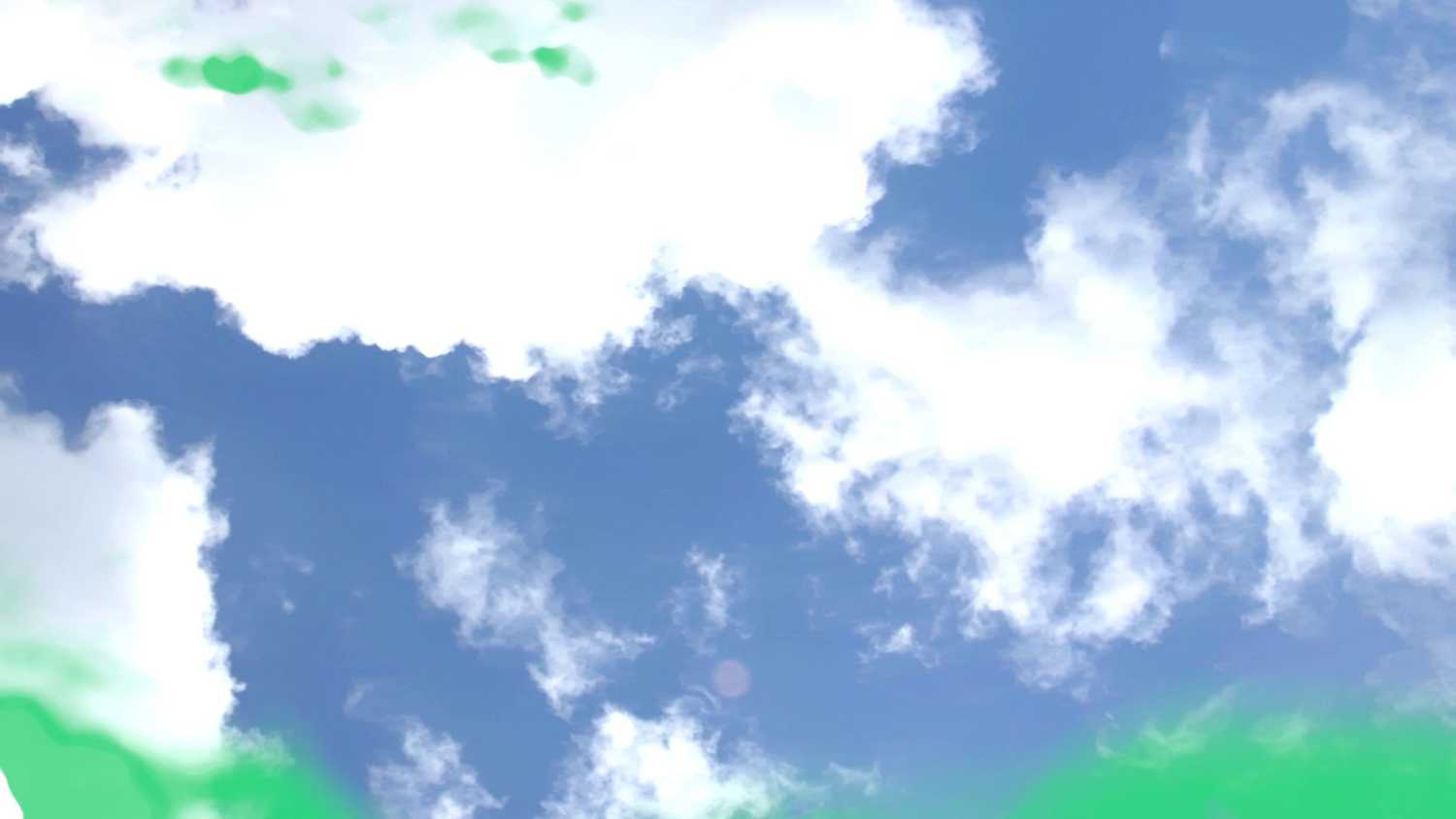

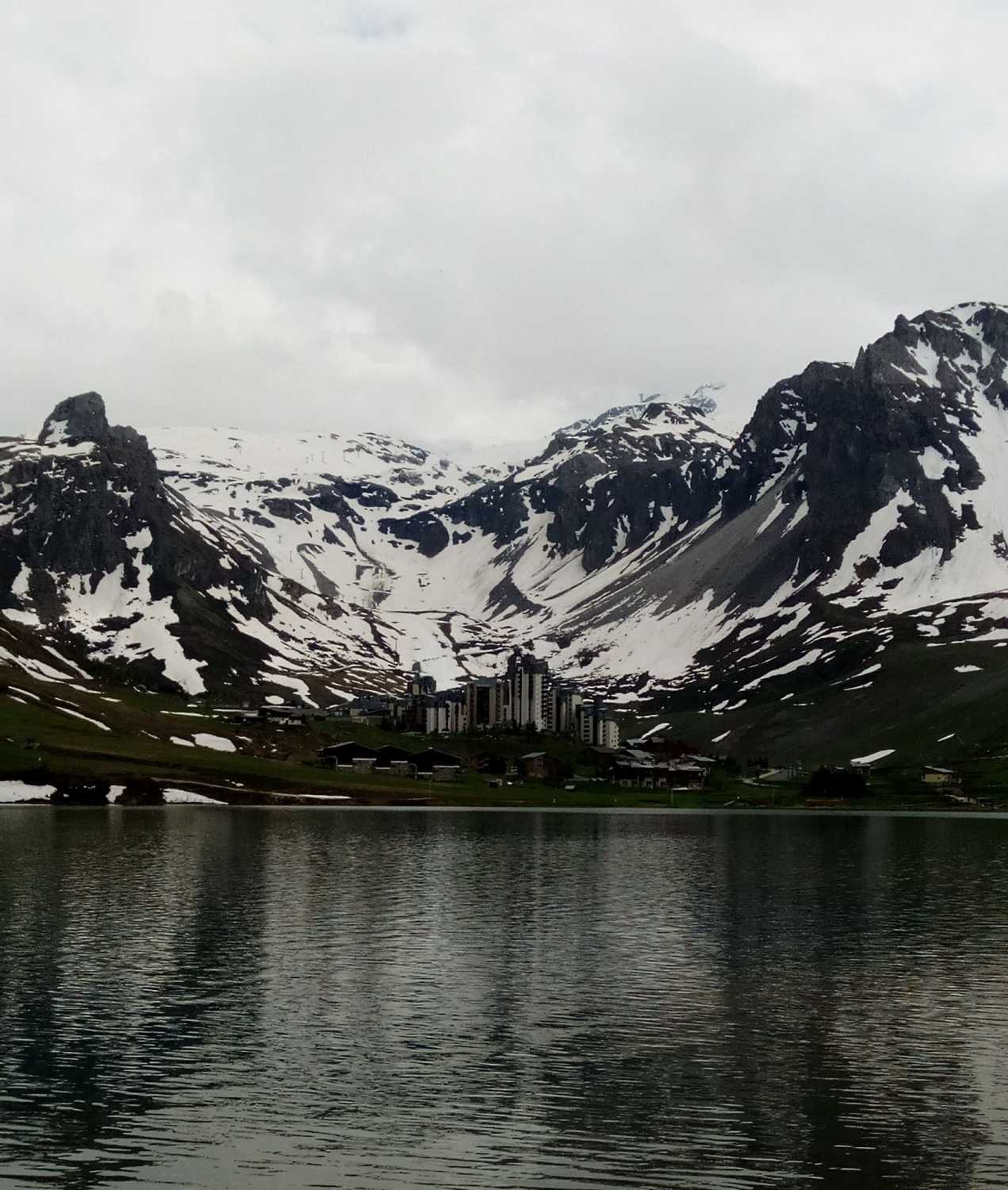
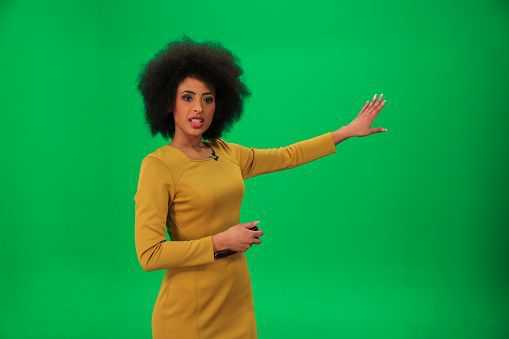
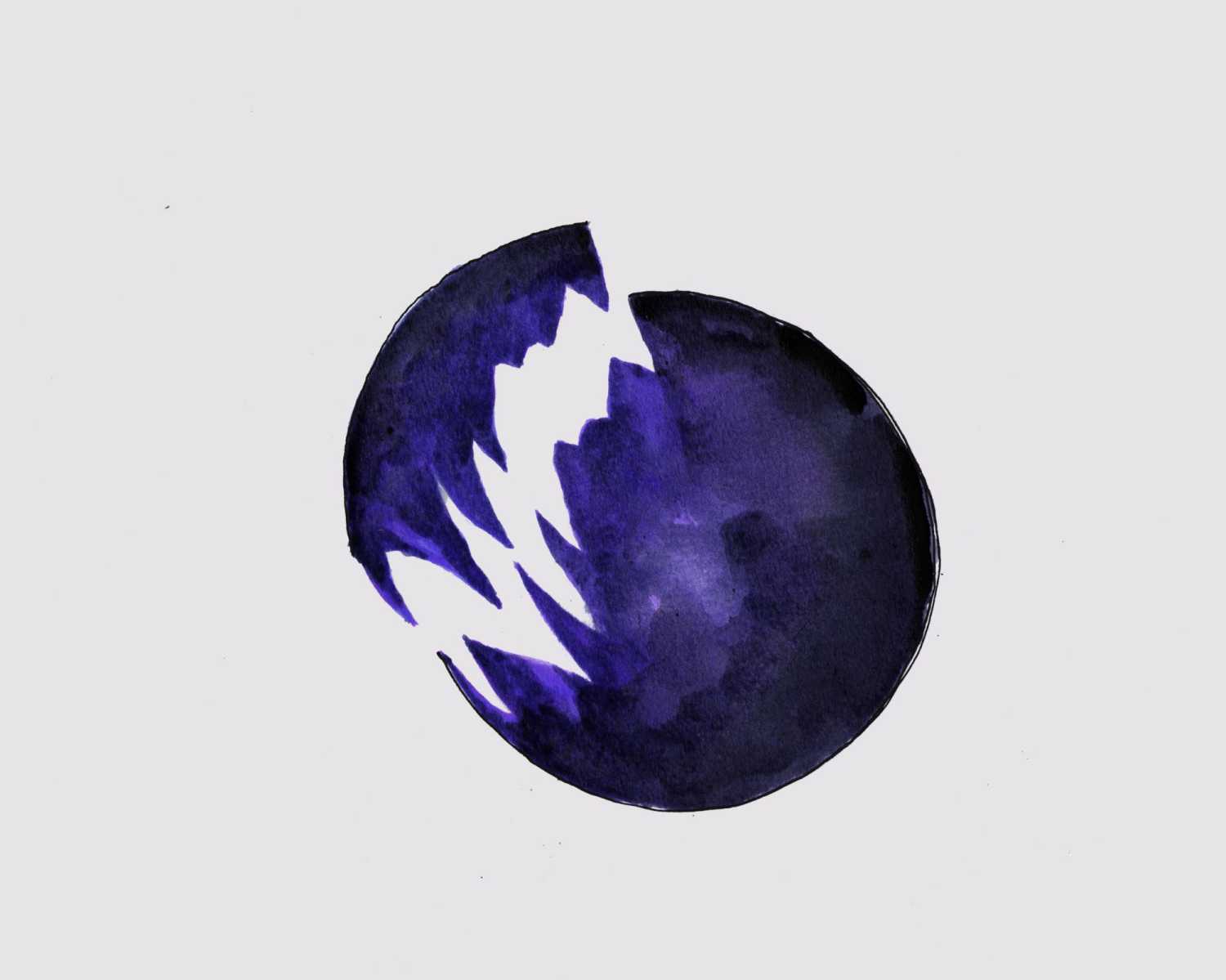
Votre navigateur est obsolète, l’affichage des contenus n’est pas garanti.
Veuillez effectuer une mise à jour.